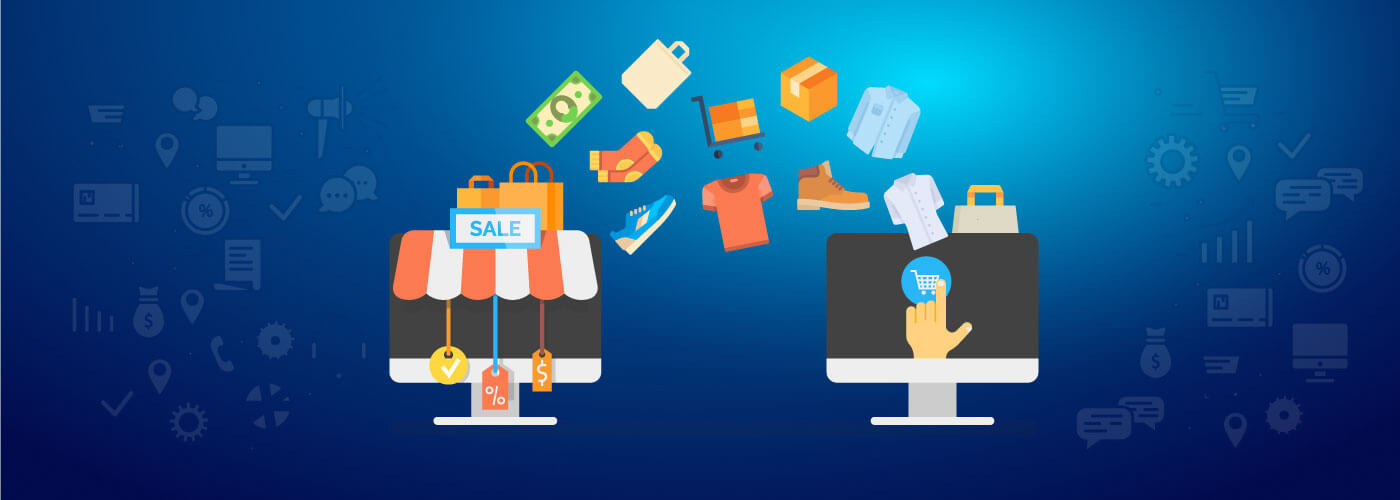Retail has been transitioning into a consumer-driven industry characterized by constant disruptions. The year 2019 is projected to record 4.4% in annual retail growth sales, according to the National Retail Federation. Despite several major retail chains such as Gymboree and Sears going out of business and closing a large number of stores in 2018, if the sales forecast is realized, 2019 will be the 10th consecutive year for retail growth. Following are a few key trends that are shaping up the winning strategies for innovative retailers.
- Truly omnichannel: Retailers are increasingly realizing that there is a need to attribute data from every channel to customer profiles in order to provide a truly omnichannel shopper journey. Creating consistency in the customer’s experience regardless of the channel they’re shopping in is a priority.
- Remarkable in-store experience: With the convenience factor being strongly associated with online shopping, customers are looking at the traditional brick-and-mortar channel to give them a little bit more of an experience. Retailers such as Target are winning in this arena with in-store Starbucks coffee shops accompanied by organized and pleasant store displays.
- Going big with small stores: Retailers are now recognizing more than ever the practical benefits of a small-format store. Target has been opening 30 small-format stores each year and some of these have been their most successful stores, according to CEO Brian Cornell. With the advent of ‘click and collect’ and better inventory planning, it is no longer essential for retailers to maintain a high number of SKUs in the store, thereby saving real-estate costs as well as improving customer experience by fulfilling orders more efficiently.
- Growing sustainably: The millennial and Gen Z shopper looks for more than the best deal and are less brand loyal than their previous generations. Retailers using eco-friendly packaging and ethically sourced ingredients in their private label products are shown to drive younger customers to their stores.
- Private label push: Millenials purchase private label products more frequently compared to previous generations according to Nielsen data, leaving manufacturer CPG brands at negative sales growth. For retailers, private label product lines offer them an opportunity to boost their profitability at a time when high last mile delivery costs are shrinking their margins.
- Social shopping: Instagram has one of the highest customer engagement rates of over 2%, which is driving retailers to prioritize it as a major marketing tool. Leading retailers are partnering with influencers such as bloggers and video content creators to stay ahead of the game. For instance, Sephora’s influencer program #SephoraSquad is designed to leverage the power of micro-influencers in the cosmetics purchase journey.
- Speedy shipping: Retailers continue to offer multiple delivery options such as same-day, next day, 2-day, and no rush free shipping. According to a survey by Dropoff, 47% of customers were willing to pay more in 2018 for faster delivery and retailers understand the need to offer such options to compete with Amazon Prime benefits. The same survey also revealed that two-thirds of the customers are willing to shift retailers if they offer fast delivery options.
- Getting the right data: Retailers are likely to shift their data analytics strategy from gathering all possible data points to getting the right data, which can be used to derive insights for market intelligence. Actionable data-backed insights are likely to form the backbone of marketing, merchandising, and supply chain strategies.
The developments in the retail industry are driven by a combination of socio-cultural, economic, and technological factors. Retailers are likely to shape their business strategy in 2019 based on changing consumer preferences and demands, in addition to raising their technological capabilities to keep up with the industry leader.









